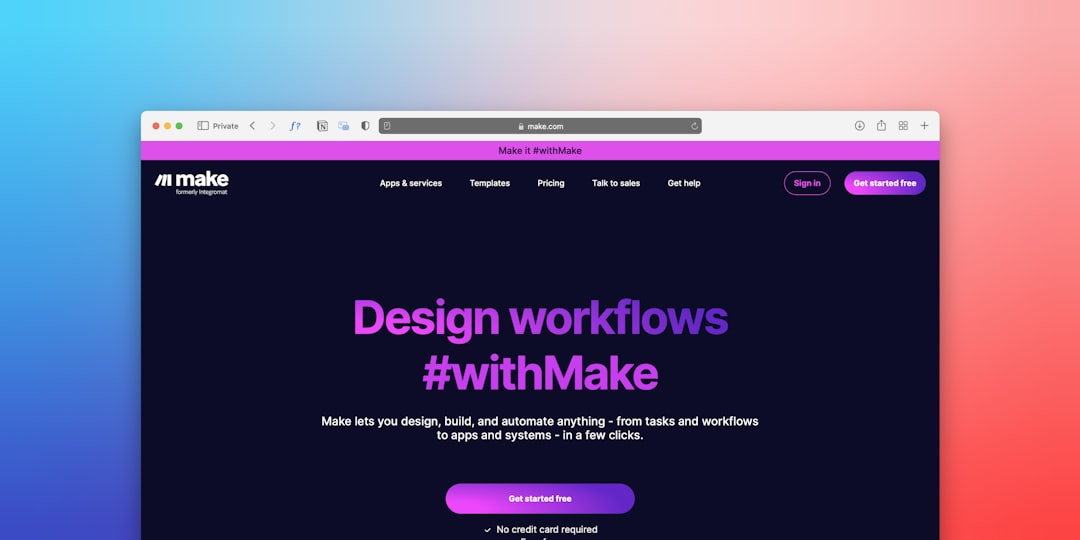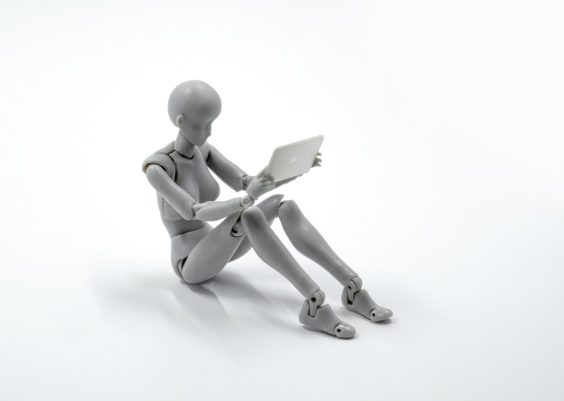The world of UI/UX design is changing, and it’s changing fast. Just a few years ago, tools like Photoshop ruled the scene. Then came Sketch, and we all thought we had reached the holy grail. But then Figma showed up, and, well… everything changed again.
Figma is now the go-to design tool for many. It’s cloud-based, collaborative, and just so easy to use. But guess what? We’re already stepping into a new era. Say hello to AI in design!
Why Figma Became the Favorite
Before we jump into the future, let’s take a quick look back.
So, why did Figma become such a big deal? Let’s break it down:
- Cloud-first: Work from anywhere, no need for manual saves.
- Live collaboration: Work with your team in real-time, like Google Docs!
- Simple interface: Click, drag, done. No steep learning curve.
- Free tier: Designers love free stuff. Figma gave us plenty of that.
These features made Figma super popular among designers, developers, and even clients.
The Rise of AI in Design
Now let’s talk about what’s next. AI is shaking things up.
AI is already helping us with:
- Generating layouts based on simple prompts or wireframes.
- Writing UX copy that sounds like a pro copywriter.
- Creating illustrations and icons on the fly.
- Analyzing user behavior and making suggestions to improve design.
Sounds like magic? Kind of. But it’s real, and it’s here.

Tools That Are Leading the Charge
You might be wondering: which tools are actually using AI in design?
Let’s look at a few exciting examples:
- Uizard: Turns wireframes and sketches into mockups within seconds.
- Galileo AI: Generate full UIs just by typing a prompt. Easy peasy.
- Figma AI Plugins: Yes, Figma has AI tools now! Text generators, auto layout tools, and even image creators.
- Framer: Want to build and design a working website without code? AI will help you do that.
All of them make design faster, smarter, and more fun.
Designing with Prompts?
This is a game-changer. Instead of dragging elements around, what if you could just type what you want?
For example: “Create a mobile login screen with a clean, modern design.”
And boom — the AI gives you one. With colors, buttons, even placeholder text that makes sense.
It’s like having a junior designer at your side 24/7.
But Wait — Should Designers Be Worried?
The big question everyone’s asking: Will AI replace human designers?
Let’s be real. AI is powerful, but it’s not perfect.
Here’s why designers still matter (a lot):
- Creativity: AI can’t think outside the box. Humans can.
- Strategy: Design is more than pretty visuals. It’s about solving problems.
- Empathy: Only humans can truly understand how other humans feel.
- Taste: AI can copy patterns. Designers create experiences.
So no, the robot invasion isn’t cancelling your design career anytime soon.
The Power of Combo: Figma + AI
Imagine this: you use AI to generate a design draft. Then you hop into Figma and fine-tune everything. Add personal touches. Tweak the colors. Adjust the spacing.
It’s the best of both worlds — speed and soul.
And guess what? Many designers are already doing this.
AI removes the boring parts (like cropping 10 images or writing boring button labels). You get to focus on the fun — making designs pop.

How to Start Using AI in Your Workflow
New to AI design tools? Don’t worry. Here’s a sweet and simple checklist to get started:
- Pick a tool: Try Uizard or Galileo AI for layout creation.
- Install Figma plugins: Look up AI tools in the Figma community.
- Try image and copy generators: Test how AI can help speed things up.
- Experiment: Run wild. Try designing a screen using only prompts.
- Keep learning: New tools are popping up every day. Stay curious!
What the Future Could Look Like
Let your imagination run for a second.
One day, clients might just speak a few sentences into a microphone. And bam! Their website appears on screen. Designed. Done.
Or maybe AI will watch users struggle on your app and auto-adjust the UI to be easier. Like a live design assistant with superpowers.
The future of UI/UX might look like this:
- Voice-driven design tools.
- Real-time user feedback loops.
- Hyper-personalized experiences for every user.
- No-code, no-click interfaces.
It’s wild to think about. But super exciting too, right?
Tips to Stay Ahead
Design is changing fast, but you can keep up! Here’s how:
- Don’t fear AI — use it! The best designers see tech as a tool, not a threat.
- Build human skills: Empathy, storytelling, problem-solving — these will always be priceless.
- Stay flexible: Tools will change. New stuff will come. Keep playing and adapting.
- Follow the community: Twitter, YouTube, and Discords are full of cool people testing AI tools.
In Conclusion
From Figma to AI, the world of design is shifting fast. We went from dragging boxes to typing prompts. From solo work to real-time collaboration. From static screens to smart, adaptable ones.
The future is looking bright. And bold. And full of possibilities.
So, buckle up designers. The tools are changing, but the mission stays the same: make things better for people.
And now, with a little help from machines, we just might design the future even faster.




